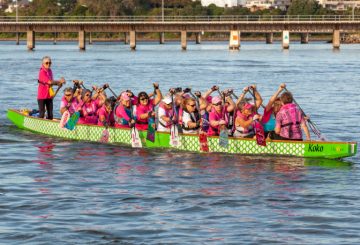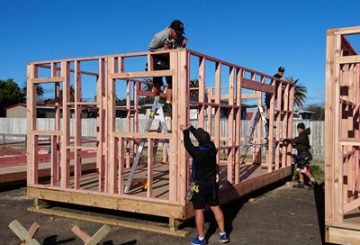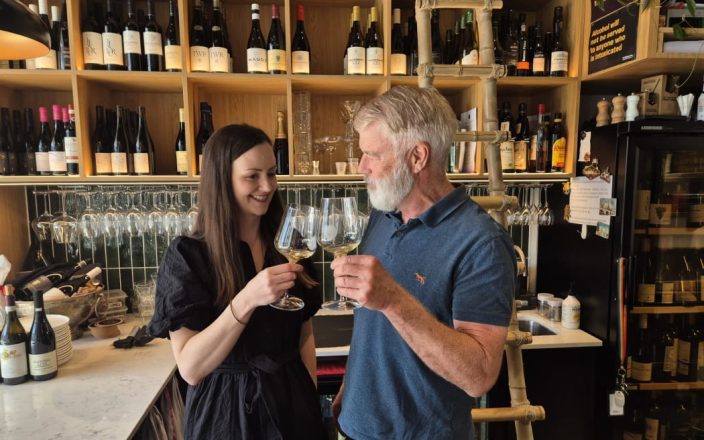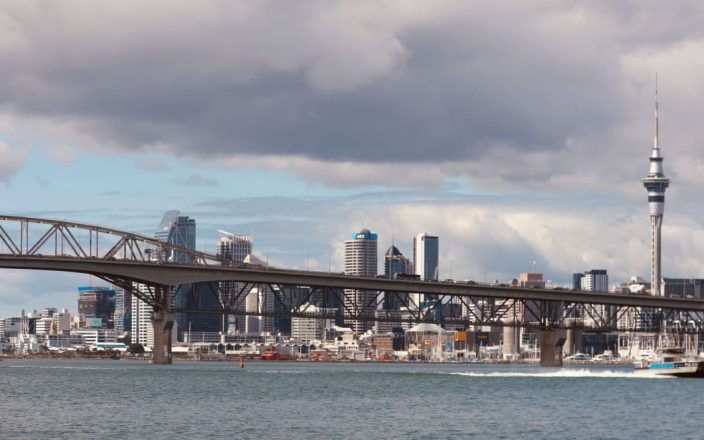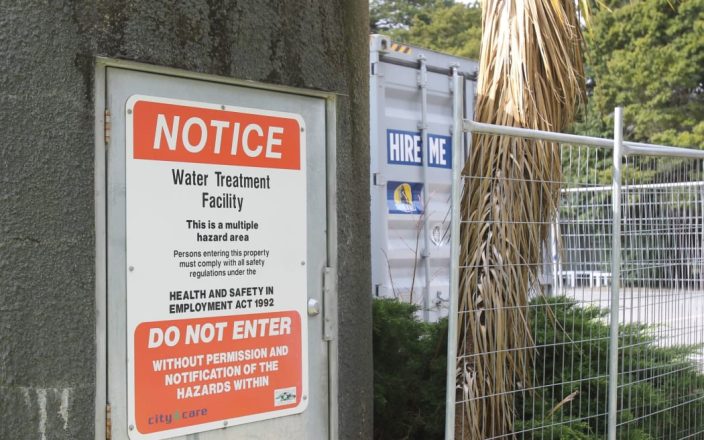Ủy ban tuyển chọn giáo dục và lực lượng lao động tại Quốc hội đang thảo luận về một dự luật đưa các trường tư thục do công tài trợ, được gọi là trường bán công. Hội đồng Công đoàn (CTU) tuyên bố rằng luật này sẽ vi phạm lao động, nhân quyền và các hiệp định thương mại. Erin Polaczuk từ CTU đề cập rằng một thay đổi gần đây trong dự luật sẽ ngăn cản nhân viên trường bán công tham gia các thỏa thuận tập thể, điều này có thể đi ngược lại các quy tắc lao động quốc tế.
Ông Polaczuk cũng nói rằng Bộ Giáo dục cảnh báo rằng dự luật có thể mâu thuẫn với các hiệp định thương mại tự do với Anh và EU. Nó có thể buộc giáo viên trường tiểu bang phải làm việc cho các trường bán công, mà Bộ tin rằng có thể vi phạm các thỏa thuận và quyền lao động theo Đạo luật Tuyên ngôn Nhân quyền. Một ghi chú tư vấn pháp lý về vấn đề này sau đó đã bị xóa khỏi tuyên bố tác động quy định vì được đặc quyền về mặt pháp lý.
Thanh tra trưởng Peter Boshier nói với ủy ban rằng việc loại trừ các trường bán công khỏi Đạo luật Thông tin Chính thức (OIA) sẽ làm giảm trách nhiệm giải trình của họ đối với học sinh, phụ huynh và người nộp thuế. Ông lập luận rằng tất cả các trường học sử dụng quỹ công nên minh bạch và các gia đình xứng đáng được tiếp cận thông tin bình đẳng.
Cựu hiệu trưởng trường bán công Alwyn Poole ủng hộ quan điểm của Boshier và lên kế hoạch nộp đơn vào bốn trường bán công. Ông bác bỏ tuyên bố rằng giáo viên trường bán công kiếm được ít hơn giáo viên trường tiểu bang.
Hiệp hội Nghiên cứu Giáo dục lập luận rằng các trường bán công là không cần thiết. Phát ngôn viên Bronwyn Wood lưu ý rằng các trường học ở New Zealand đã có rất nhiều tự do và nhiều lựa chọn trường học chủ yếu sẽ mang lại lợi ích cho các gia đình giàu có hơn, làm tăng sự bất bình đẳng. Bà nói rằng hệ thống trường học tương tự ở Thụy Điển đã thất bại sau 30 năm.
Giáo viên Ann Kendon bày tỏ lo ngại về việc chi tiền cho một loại trường không cần thiết ở New Zealand. Cô nghi ngờ rằng các trường bán công sẽ mang lại kết quả tốt hơn các trường công lập. Đồng nghiệp của cô, Philip Kendon, lưu ý rằng hệ thống trường học nhà nước thúc đẩy sự hợp tác của giáo viên, giúp cải thiện giáo dục. Ông nói rằng mặc dù hệ thống nhà nước có thể tốt hơn, nhưng nó đã hoạt động tốt và không cần các trường bán công.
Cả hai giáo viên kêu gọi ủy ban lắng nghe các chuyên gia giáo dục, những người đã cống hiến cả cuộc đời của họ để giảng dạy trong các trường công lập. Họ yêu cầu không tiến hành đề xuất trường bán công.


















































